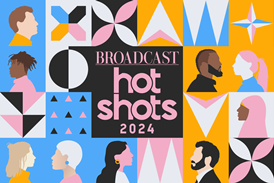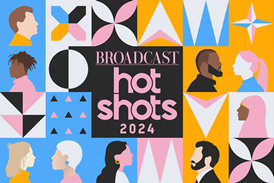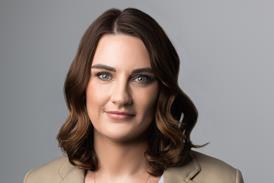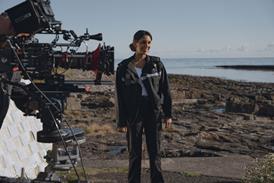UK broadcasters will move a step closer to being able to launch High Dynamic Range (HDR) services next week if the DVB’s Steering Board, as expected, approves an HDR content delivery specification.
Following several months of research, the DVB’s Technical Module committee has now sanctioned a proposal by its AVC sub-group that recommends two options for encoding HDR bit streams: Hybrid Log Gamma (HLG) and Perceptual Quantisation (PQ).
The draft proposal, which will be submitted it to the Steering Board for approval on 17 November, matches the ITU’s BT.2100 standard for HDR programme making and programme exchange that was formally agreed and announced in July.
If approved, a DVB specification for Ultra High Definition (UHD) resolution delivery with HDR will be announced before the end of the year and passed on for standardisation.
Various options were considered for the HDR delivery specification including those from Philips/Technicolor, Qualcomm and Dolby that are based on PQ.
The chair of the DVB’s UHD TV commercial module said: “There may be discussions in the course of time about possible additions to the specifications, if there are requests, but we can’t predict the outcome at the moment.”
Many broadcasters, including those already offering UHD services like Sky and BT, have been waiting for the standardisation process to run its course before considering HDR service launches.
Procedural and training guidelines for HDR production still need to be agreed and further work needs to be done on colour space conversion for live HDR broadcasts. An HDMI specification for set-top boxes is also required.
Freesat, Freeview, Sky, Virgin Media and YouView all adhere to the DVB’s recommendations.
PQ was born out of research by Dolby into how the human visual system works and what displays are capable of doing. It achieves a very wide range of brightness levels using a transfer function that is finely tuned to match the human visual system.
HLG was developed jointly by the BBC and NHK and offers a degree of backwards compatibility with legacy TV sets by more closely matching the previously established television transfer curves.
For more on HDR see this month’s Broadcast TECH.

























No comments yet